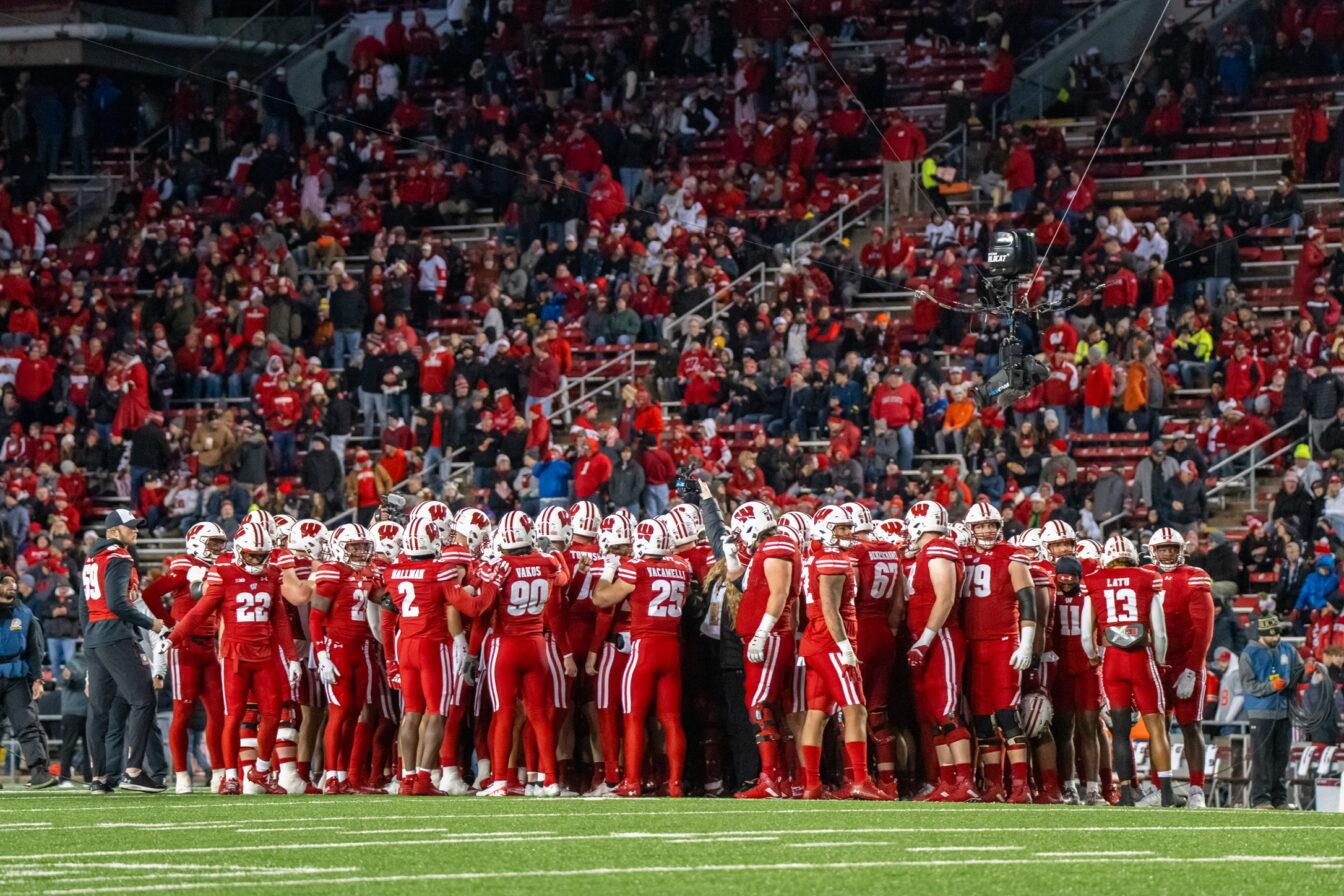The new college football season promises to be another year of fierce competition with teams ready to give their fans something to cheer about. As in recent years, it also means a changing landscape for many programs.
Conference realignment has increased dramatically in the past few years. Since 2010, 32 universities with football programs have shifted to a new conference or become independent. This season is no different, and it’s making way for new competition but also passing by the rich history some programs share and fans have come to love.
However, one aspect of college football has gone unchanged and has even grown with the changes: the dominance of the SEC.
The kickoff of the 2012 season marks the entrance of Missouri and Texas A&M to this powerhouse conference, bringing its total membership to 14 teams. With six consecutive national championships, one would think it would be hard for the SEC to make a bigger statement about the quality of talent it produces. The addition of these two teams can only produce an even larger pool of top-notch programs hoping to capture a national title.
Texas A&M is leaving behind the Big 12 conference, which holds some of its oldest rivalries, for the opportunity to play with powerhouse teams LSU and Alabama in the SEC West. While this transition will be tough, it will also mean its new opponents will play at Kyle Field and face the intimidating Aggie atmosphere it is famous for, a place where fans call themselves the “12th Man.”
Unranked going into the start of the season after a disappointing 7-6 record last year, a new conference, head coach, starting quarterback and systems both on offense and defense mean plenty of questions for the Aggies, but in the SEC success is usually rewarded with a more prominent bowl game.
Adding Missouri to the SEC mix also brings an end to the great Border War rivalry with Kansas that has roots dating back to the Civil War. A geographical outlier to the rest of the new conference, Missouri is just one of several teams to choose the perks of a top conference. Boasting an 8-5 record in 2011, the Tigers face a much easier schedule than the Aggies. Missouri will likely see a bowl game in the coming years.
While neither Texas A&M nor Missouri are favorites in the SEC, both will have an impact in the nation’s most competitive conference.
The Big 12 took a big hit this year, but picking up West Virginia and TCU keeps the conference afloat. The move has questionable implications for both teams. Leaving the Mountain West for a conference that puts opponents in a much closer proximity to TCU means better attendance and more ticket sales. However, the program has also dominated its weaker Mountain West opponents in recent years, so the move could very well lead to less overall success on the field.
Likewise, the West Virginia Mountaineers would have been a season favorite to win the Big East and qualify for another BCS bowl. Quarterback Geno Smith and 14 other starters returned this year but will face an entirely new set of challenges in the top tier of the Big 12 pack.
The conference that appears to be losing most out of this year’s changes is the Big East, which has only managed to retain two of the original programs from the conference’s inception in 1991. One of those teams, Temple, will rejoin the conference after being kicked out in 2004 for underperformance.
Also of note, though it will not likely have any big time bowl implications, is the addition of Fresno State, Hawaii and Nevada to the Mountain West. Boise State should run away with the MWC title, but next year they will also be running away to the Big East with the Broncos’ departure set for next season (note the geographical irony here, which leaves the door open for the newcomers down the road).
Texas State and UTSA will join the deflating WAC, the former home of the Mountain West’s newest members. It will be a just a temporary stay as the teams will jump to the Sun Belt Conference and Conference USA, respectively, in 2013.
The Big Ten and Pac-12 come into the season unchanged externally and could present the only real roadblock to another SEC national championship. The offensive production at USC and Oregon could give Alabama and LSU a run for their money, and Michigan, Wisconsin and Michigan State have the potential to earn a spot in the top 10. But it is questionable whether their talent is worthy of a trip to the national title game.
So what does this continued migration of teams away from their historic conferences mean? Continued SEC domination, and the strengthening of its name for the possibility of even more additions in the future. But it also means confusion, with the only certainty being added confusion and change in the years to come.
Caroline is a junior majoring in journalism and political science. Do you like the recent nonstop rearrangement of college football teams, or would you prefer everyone stay put? Let her know at [email protected].



















